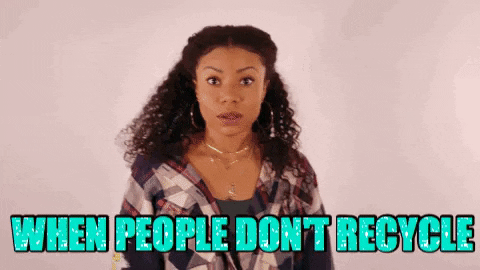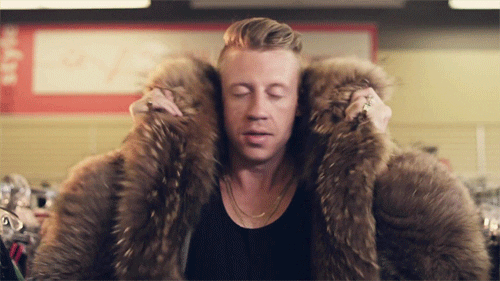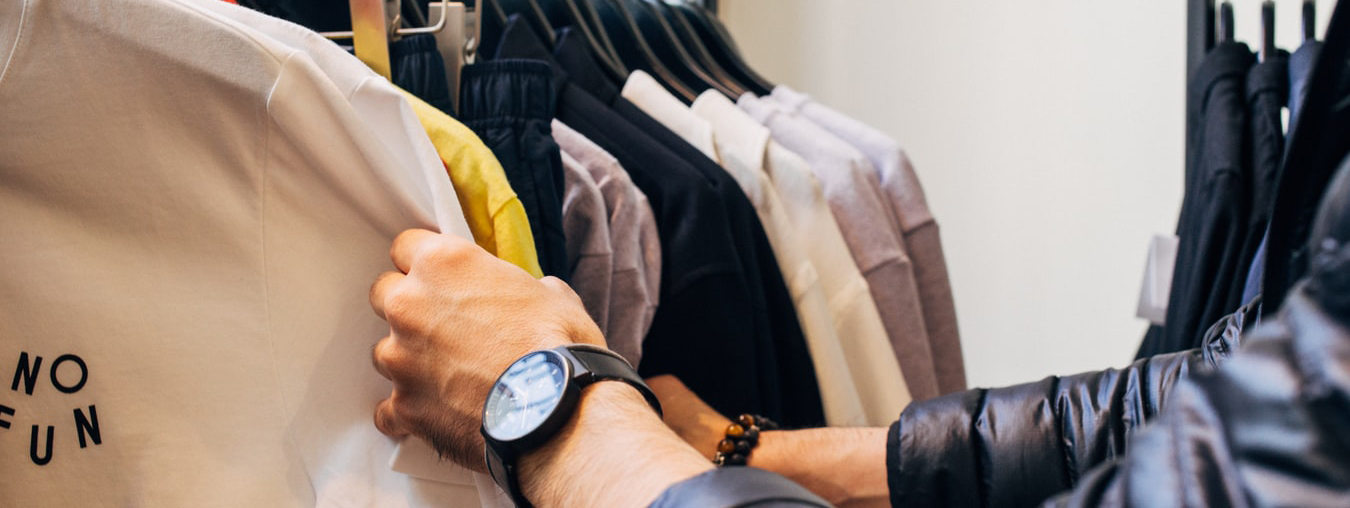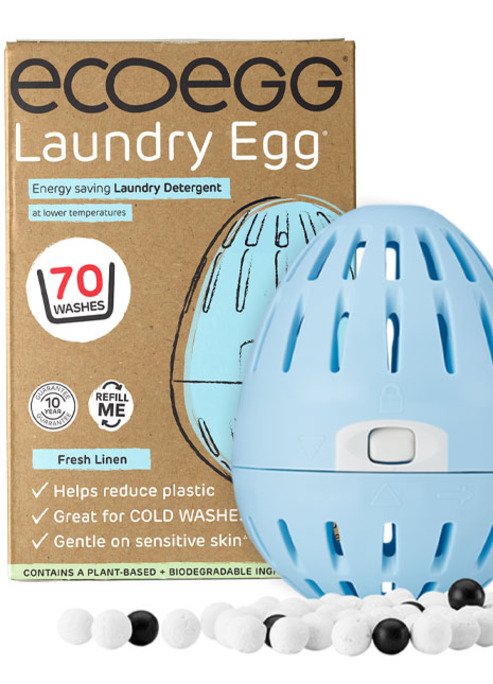A Guide On Making Sustainable Fashion Choices Your Priority
How you can save the planet starting from your wardrobe.
As the conversation about our current climate grows, sustainability is becoming an important factor to consider within our daily routines. It seems everyone has jumped on the go-green bandwagon, with Starbucks’ re-useable cups sales booming and the decline of plastic packaging becoming more popular, but what has fashion got to do with it?
Fast fashion is a growing trend that is creating huge implications for our environment. This modern attitude has resulted in a rise of clothing going into landfill, around 85% of clothes that are thrown out go into landfill sites every year. According to an article from Forbes, “Nearly 70 million barrels of oil are used each year to make the world’s polyester fiber, which is now the most commonly used fiber in our clothing. But it takes more than 200 years to decompose”. However, some fast fashion brands cost less than other more sustainable and environmentally-friendly options. So, it’s likely for people with a limited budget to prefer less expensive items.

Many consumers are unaware that fashion is the second-largest polluter in the world, following the oil industry. Developing countries are suffering the consequences noticeably, often through appalling working conditions, and earning below minimum wage, making it difficult for workers to earn enough to buy necessities, such as food, and limiting access to clean drinking water. According to the Oxfam Made In Poverty Report, “Nine out of ten workers interviewed in Bangladesh cannot afford enough food for themselves and their families, forcing them to regularly skip meals and eat inadequately, or go into debt”. Furthermore, the quality and materials used in some fashion pieces aren’t durable. Hence, once their quality starts to diminish, the only destination they’re headed to is the trash. It can be challenging to recycle and reuse clothing items made with low-quality or synthetic materials.
Chemicals used by textile manufacturers can be extremely harmful if they are not treated with, or disposed of, in the correct way. Untreated wastewater is usually dumped into freshwater rivers, which contains toxic material that is seriously threatening to life when exposed to. Lethal substances including lead, arsenic, and mercury pose serious health concerns to local human and aquatic life. Chemicals used to grow cotton also can spread through the air which can also cause life-threatening health implications to those who live or work in these areas. Additionally, some companies that run large-scale clothing production don’t have the necessary protocols or resources to handle and dispose of their factory waste. Fashion documentary The True Cost highlighted the devastation this issue can bring to working families and those who are involved in this less glam’ side of the industry.

So what can we do to help? We don’t expect you to become superwoman of climate change (duh). However, there are a few things we can all practice to have a better environmental impact, changing that Instagram ‘I already took a picture in that dress, I can’t wear it again’ mentality. For one, you can try to be more mindful of your shopping habits and choose to buy good-quality clothes you can wear for a long time, rather than getting items that are affordable but will wear out quickly. Reducing your spending habits just a tiny bit can be really effective, especially if it’s something that each of us can work on. A little goes a long way, and hey, we might even save you a little dollar in the process. Also, you can patronize sustainable brands for all your clothing needs. For example, if you need new undergarments, you can get products like those from the Bamboo Underwear lounge collection instead of buying from other fast fashion companies. This way, you can do your part in protecting the environment and get clothes of high quality.
Apps such as Depop are a great place to start buying and reselling clothes. You can often find great, unique pieces, usually less than the retail price. It also means you don’t have to chuck your old clothes into a landfill, and you can make some extra buck whilst you do it. You know what they say, one man’s trash is another man’s treasure.

Charity shopping and vintage/thrift stores can often also be a fun activity instead of shopping on the high street. You can often find some real, one-off gems in thrift shops that you couldn’t find from a mainstream brand. Charity shops are known for their low prices and can often be a great alternative for shopping on a budget. If you have clothes to chuck out, you can also donate them to your local charity shop for someone else to purchase, whilst all the profits go to a great cause too! Just be careful when thrift shopping since you never know where the clothes came from. It's best to purchase clothes from reliable stores to ensure they come from responsible and ethical sources.
Empowerment icon and sustainability queen, Emma Watson, has been raising awareness of the app, Good On You. The actress turned voice for change endorsed the app on her Instagram page, an app that allows you to learn about workers rights and sustainability policies of all your go-to brands. The app also offers a range of suggestions for brands that score well in areas of ethical and sustainable concern. It’s super easy to use and a really practical app to have if you’re interested in changing your shopping habits for the better.
Ethical brands we are currently loving here at Fizzy Mag include NinetyPercent, Weekday and Pantfaceclothing.
Next up, How To Upgrade Your Body Positivity (Even In A Bathing Suit)












